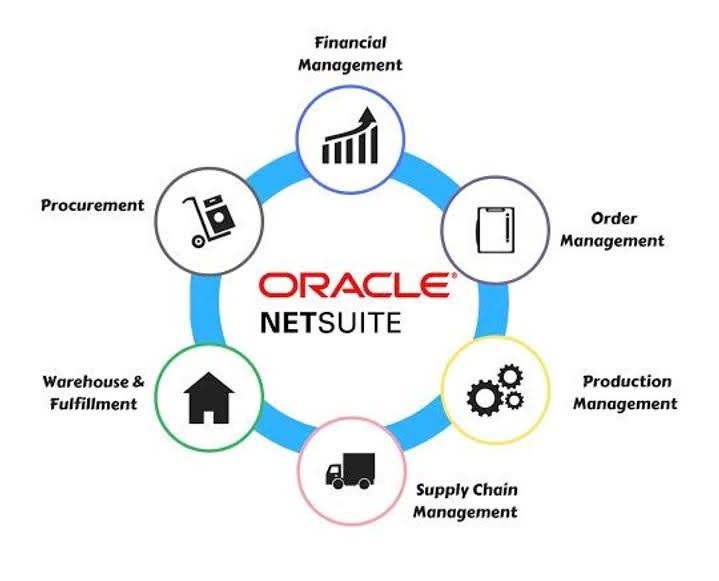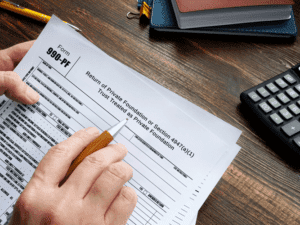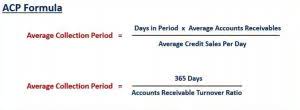
The opposite is true about transactions that produce cash shortages. contribution margin Assume the same situation except Tom only receives $99 instead of $101. Now cash is debited for $99, cash over and short is debited for $1, and the sales account is credited for $100.
Cash Shortage Journal Entry
The cash over and short is recorded is cash short and over an asset on debit when there is a shortage. In contrast, the cash over and short is recorded on credit when there is overage. Tracking Cash Over and Short is an important piece of protecting a company’s most valuable asset, Cash, from theft and misuse.
Why Non-Current Assets Are Important for Business

A business must be able to sell a product or service and collect cash fast enough to finance company operations. Managers must focus on liquidity as well as solvency, which is the process of generating sufficient cash flow to purchase assets over the long term. Cash equivalents are short-term investments that can be easily liquidated, carry low risk of loss, and have active marketplaces to ensure quick transacting. These instruments can easily be converted to cash but are classified differently because they are not actual claims of ownership of cash. In contrast, let’s assume that during the cash count, the actual cash from the cash sales is $495 instead of $510. The cash short/over account is an expense account in the income statement of the business.
- A grey area of cash equivalents relates to certificate of deposits for terms longer than 3 months that can not be broken.
- Property, plant, and equipment represented the largest non-current asset and was valued at $36.9 billion.
- Businesses acquire non-current assets to increase their capacity to serve customers.
- Let’s assume Tom rang up a $100 pair of running shoes for $100, but he miscounted the cash received for the shoes.
- As managers make decisions with financial ratios, there are several key ratios used to make decisions about liquidity.
Definition of Cash Short and Over Account
You can’t readily convert them into cash, and they provide meaningful value for the company. Usually one individual, called the petty cash custodian or cashier, is responsible for the control of the petty cash fund and documenting the disbursements made from the fund. By assigning the responsibility for the fund to one individual, the company has internal control over the cash in the fund. Companies with a healthy amount of cash and cash equivalents can reflect positively in their ability to meet their short-term debt obligations. Therefore, the balance of cash short and over is on debit or credit depends on whether it is shortage or overage.

Liquidity and Short-Term Assets
- Internal tampering could cause a business to be over and short in its accounting.
- The opposite is true about transactions that produce cash shortages.
- He has been the CFO or controller of both small and medium sized companies and has run small businesses of his own.
- Since non-current assets impact a company in significant ways, they also impact investors and shareholders.
- The cash asset ratio is the current value of marketable securities and cash, divided by the company’s current liabilities.
- Sum-of-the-years’ digits still depreciates an asset quicker than straight-line, but it’s not as dramatic as declining balance.
In other words, there can be no restrictions on converting any of the securities listed as cash and cash equivalents. In most cases, customers will most likely to dispute a shortage of change. Therefore, the cash over and short is usually at debit balance which represents an expense. This expense is treated as a miscellaneous expense and presented in the income statement as a general and administrative expense section.
- Ariel Courage is an experienced editor, researcher, and former fact-checker.
- This is important for accurate financial reporting and compliance with…
- They are long-term investments, while current assets represent short-term investments that can quickly turn into cash.
- Multiply that result by 100 to see the percentage change — in this case, 21.3%.
- Usually one individual, called the petty cash custodian or cashier, is responsible for the control of the petty cash fund and documenting the disbursements made from the fund.
Premium Investing Services

To do this, just divide the difference from above, $420 million, by last year’s total assets, $1.975 billion. Multiply that result by 100 to see the percentage change — in this case, 21.3%. Again, a positive number indicates growth, and a negative number indicates a decline. Current liabilities include accounts payable, short-term debt, dividends payable, notes payable, and current maturities of long-term debt.

Leave A Comment